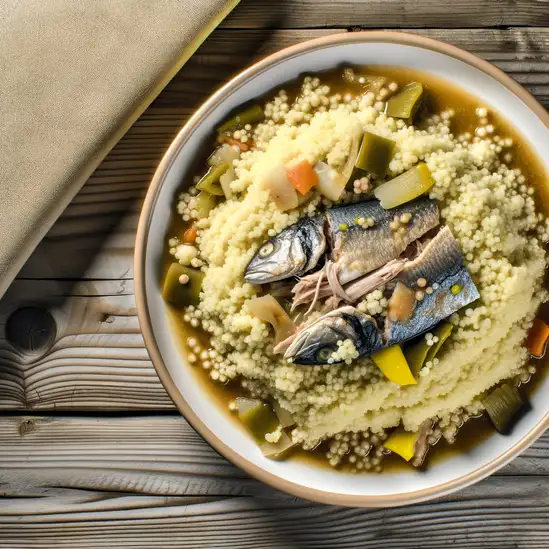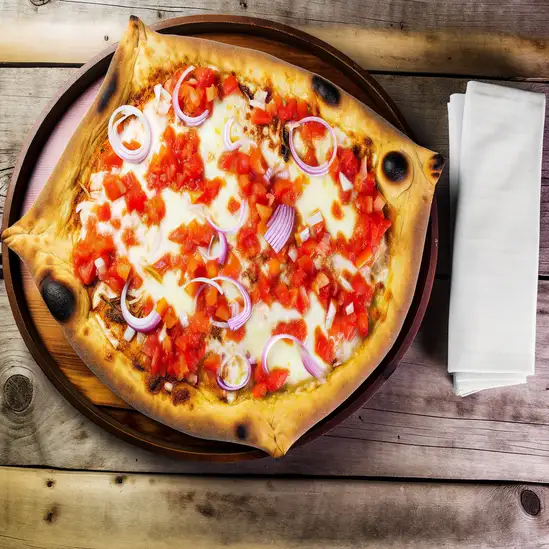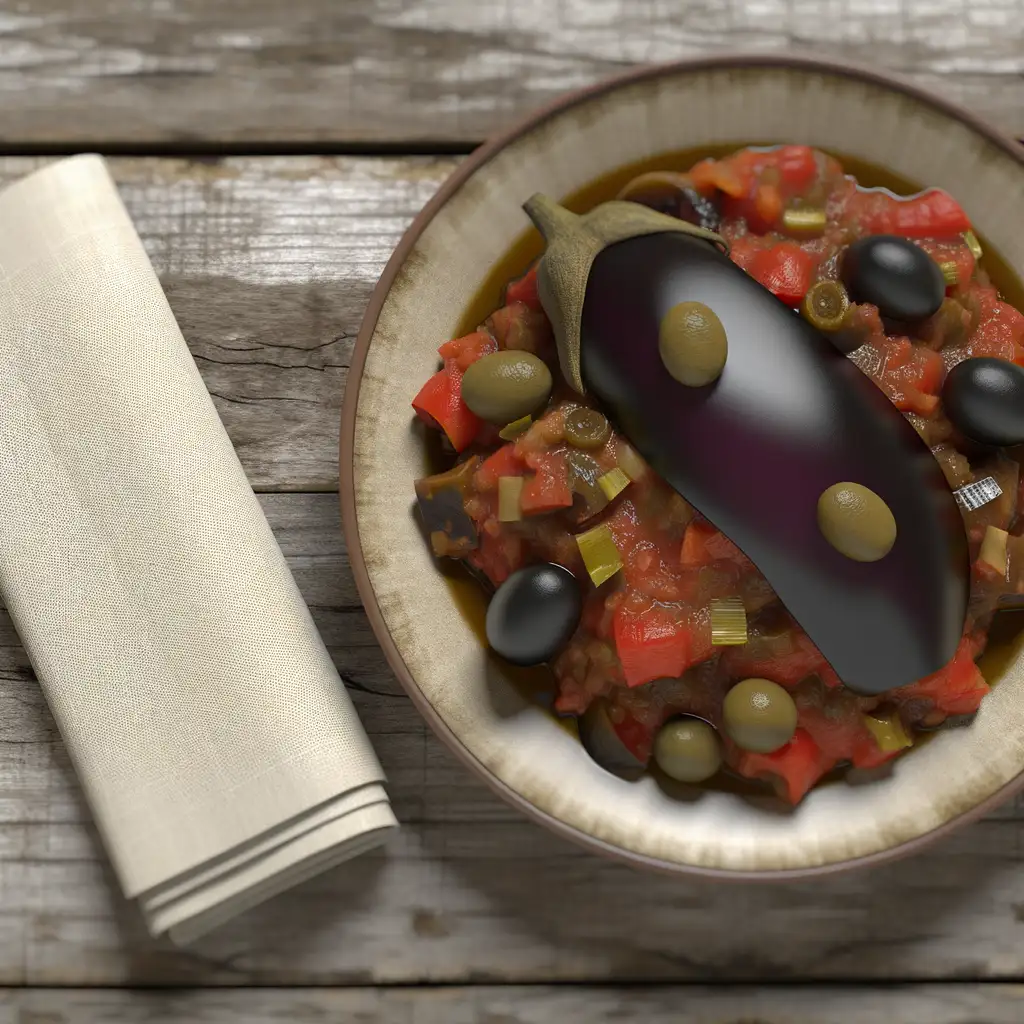



Imagine stepping into a place where ancient history whispers through sun-drenched ruins and the salty breeze from the Mediterranean wraps around you like a warm embrace. That’s Agrigento for you—a city that feels like a living storybook perched on Sicily’s southern coast. As you wander the Valley of the Temples,the golden light of late afternoon casts long shadows over towering Doric columns,and you can almost hear the echoes of ancient voices carried by the wind. It’s a place where time slows down,inviting you to soak in the grandeur and mystery of civilizations long past. But Agrigento isn’t just about history; it’s alive with the rhythms of everyday Sicilian life. Stroll through the narrow streets of the old town,and you’ll catch the scent of freshly baked bread mingling with the sharp tang of citrus from nearby markets. Locals chat animatedly over espresso in sunlit piazzas,while the distant hum of the sea blends with the laughter of children playing. The city’s character is warm and unpretentious,a perfect mix of rugged charm and heartfelt hospitality. And then there’s the food—oh,the food! Think rich,earthy flavors of Sicilian olives,sweet ricotta-filled cannoli,and fresh seafood caught just hours before hitting your plate. Sitting at a small trattoria,savoring a glass of local wine as the sun dips below the horizon,you’ll feel utterly connected to this place. Agrigento isn’t just a destination; it’s an experience that stays with you long after you’ve left.
The information on this page is currently being reviewed by Tripkliq and should be used as a guide only
Eng word: Hello
Eng pronunciation: chow
Local language: Ciao
Eng word: Goodbye
Eng pronunciation: ah-ree-veh-DEHR-chee
Local language: Arrivederci
Eng word: Thank you
Eng pronunciation: GRAH-tsee-eh
Local language: Grazie
Eng word: How much
Eng pronunciation: KWAN-toh KOH-stah
Local language: Quanto costa
Eng word: Toilet
Eng pronunciation: BAHN-yo
Local language: Bagno
Eng word: Help me
Eng pronunciation: ah-YOO-tah-mee
Local language: Aiutami
Eng word: Yes
Eng pronunciation: see
Local language: Sì
Eng word: No
Eng pronunciation: noh
Local language: No
Eng word: Excuse me
Eng pronunciation: SKOO-zee
Local language: Scusi
Agrigento, originally known as Akragas, was founded by Greek colonists from Gela in 580 BC. It quickly became one of the leading cities of Magna Graecia.
The Valley of the Temples is a UNESCO World Heritage Site and one of the most significant archaeological sites in the world. It features well-preserved ancient Greek temples, including the Temple of Concordia.
The Temple of Concordia, built around 440-430 BC, is one of the best-preserved Greek temples in the world. It stands as a testament to the architectural prowess of ancient Greek civilization.
After the fall of the Greek city-state, Agrigento came under Roman control in 210 BC. The Romans called it Agrigentum and it continued to flourish as a significant city in the Roman Empire.
Agrigento is the birthplace of the pre-Socratic philosopher Empedocles, who made significant contributions to the fields of philosophy and natural science in the 5th century BC.
During the Middle Ages, Agrigento was an important center under Byzantine, Arab, and Norman rule. Each of these cultures left their mark on the city's architecture and culture.
The Cathedral of San Gerlando, built in the 11th century, is a stunning example of Norman architecture. It is dedicated to Saint Gerland, the first bishop of Agrigento.
Agrigento is the birthplace of Luigi Pirandello, a Nobel Prize-winning playwright, novelist, and poet. His home has been turned into a museum dedicated to his life and works.
The Regional Archaeological Museum of Agrigento houses an extensive collection of artifacts from the ancient city of Akragas, providing a comprehensive overview of its history and culture.
In Agrigento, the most common Power Adaptor is Type C, Type F, Type L.







A seafood couscous dish that reflects the Arab influence in Sicilian cuisine, typically made with fresh fish and aromatic spices.

Fried rice balls stuffed with a variety of fillings, such as meat, cheese, or vegetables, often served as a snack or appetizer.

A traditional Sicilian pasta dish made with eggplant, tomatoes, ricotta salata cheese, and basil.

A thick Sicilian pizza topped with a rich tomato sauce, onions, and breadcrumbs, often enjoyed as a street food.

A famous Sicilian dessert consisting of crispy pastry shells filled with sweet ricotta cheese and often garnished with chocolate chips or candied fruit.

A sweet and sour eggplant dish made with tomatoes, celery, olives, and capers, typically served as a side or appetizer.

Almond cookies that are crunchy on the outside and soft on the inside, often enjoyed with coffee or dessert wine.
Palermo feels like stepping into a vibrant mosaic where every corner hums with life and history. The city’s energy is a mix of old-world charm and raw,bustling street scenes—imagine narrow alleys lined with colorful market stalls,the air thick with the scent of fresh citrus,roasting coffee,and salty sea breeze. As you wander,you’ll hear the lively chatter of locals bargaining over fresh fish and the distant melody of street musicians playing traditional Sicilian tunes. It’s a place where the past and present dance together effortlessly.
What really grabs you about Palermo is its character—gritty yet warm,chaotic yet inviting. The architecture tells stories of centuries,from the intricate Arab-Norman palaces to the baroque churches that seem to glow in the golden afternoon light. But it’s not just about sights; it’s the feeling of sitting at a tiny trattoria,savoring arancini that crackle with every bite or a plate of pasta alla Norma bursting with fresh tomatoes and ricotta salata,while the world buzzes around you.
Palermo’s soul is in its people and their love for life,food,and tradition. Whether you’re exploring the vibrant markets like Ballarò or soaking in the sunset over the Mediterranean from the ancient fortress walls,you’ll find a city that invites you to slow down,breathe deeply,and savor every moment. It’s messy,passionate,and utterly unforgettable.
If you wander into Catania,you’ll immediately feel the city’s pulse—vibrant,a little wild,and utterly alive. Nestled at the foot of Mount Etna,this Sicilian city wears its history on its sleeve,with baroque buildings dusted in volcanic stone that seem to hum stories of centuries past. The streets buzz with the chatter of locals,the clatter of espresso cups,and the occasional call of street vendors selling fresh catch or fragrant citrus. There’s a raw energy here,a mix of old-world charm and everyday grit that makes you want to slow down and soak it all in.
Walking through the fish market,your senses come alive:the salty tang of the sea mingles with the sharp scent of lemon and the earthy aroma of fresh herbs. You’ll hear the lively bargaining,the laughter,and the rhythmic chopping of knives. Grab a granita—icy,sweet,and refreshing—and sit by the Piazza del Duomo,watching the world go by beneath the watchful gaze of the elephant fountain,a quirky symbol of the city’s resilience.
Catania’s character is a blend of fiery passion and warm hospitality. The people here are proud,fiercely connected to their roots,and eager to share their culture through food,music,and stories. Whether you’re savoring a plate of pasta alla Norma or wandering through narrow alleys lined with vibrant street art,you’ll find a city that invites you to experience Sicily in its most authentic,unpolished form.
If you ever find yourself wandering through Sicily,Taormina is one of those places that instantly wraps you in a warm,timeless embrace. Imagine strolling along narrow cobblestone streets lined with vibrant bougainvillea,the salty breeze from the Ionian Sea mingling with the scent of fresh espresso and blooming jasmine. The town perches dramatically on a hill,offering jaw-dropping views of the sparkling Mediterranean below and the majestic silhouette of Mount Etna in the distance. It’s a place where history and everyday life blend effortlessly—ancient Greek theaters sit just steps away from lively piazzas filled with locals chatting over glasses of rich Nero d’Avola wine.
What really struck me about Taormina was its rhythm. Mornings start slow,with the gentle clinking of cups and the soft murmur of shopkeepers setting up. By afternoon,the streets buzz with the laughter of children and the hum of scooters weaving through the maze of alleys. As the sun dips,the town transforms; terraces glow with candlelight,and the aroma of grilled seafood and fresh herbs drifts from trattorias. Sitting down to a plate of pasta alla Norma,with its smoky eggplant and tangy ricotta salata,feels like tasting the very soul of Sicily.
Taormina isn’t just a place to see—it’s a place to feel. It invites you to slow down,savor every moment,and soak in a culture that’s as rich and layered as the volcanic soil beneath your feet. Trust me,once you’ve experienced its charm,you’ll carry a piece of Taormina with you long after you leave.
A historic city with a UNESCO-listed old town,Syracuse is celebrated for its ancient ruins,charming Ortigia Island,and rich cultural heritage.
ExploreIf you ever find yourself wandering through Sicily,Trapani is one of those places that wraps you up in its salty sea breeze and never quite lets go. The moment you step into its old harbor,you’re greeted by the gentle clinking of fishing boats and the distant call of seagulls,a soundtrack that feels both timeless and alive. The sun casts a golden glow over the pastel buildings,and the narrow streets invite you to lose yourself in their maze-like charm. It’s a city that hums with quiet energy,where every corner seems to hold a story whispered by the waves.
Trapani’s character is deeply tied to the sea and the land. You can almost taste the Mediterranean in the air—the briny tang of fresh seafood mingling with the sweet aroma of citrus groves nearby. Sitting at a seaside trattoria,savoring a plate of couscous alla trapanese,you’ll understand why this city’s cuisine feels like a warm hug. The locals move with a relaxed confidence,proud of their fishing heritage and the centuries-old salt pans that shimmer like mirrors just outside town.
What makes Trapani truly special is its blend of history and everyday life. From the baroque churches to the lively markets,there’s a rhythm here that’s both ancient and immediate. Whether you’re watching the sunset paint the sky over the Egadi Islands or wandering through the vibrant streets during a festival,Trapani invites you to slow down,breathe deeply,and soak in a way of life that feels both genuine and unforgettable.
Messina has this effortlessly warm,lived-in vibe that instantly makes you feel like you’ve stepped into a place where history and everyday life dance together. As you wander its sun-dappled streets,you’ll hear the melodic chatter of locals blending with the distant hum of the harbor’s boats. The salty breeze from the Strait of Messina carries the scent of fresh seafood mingled with the faint aroma of citrus groves nearby—it''s like the city’s inviting you to slow down and savor the moment.
What really sets Messina apart is its blend of rugged charm and gentle elegance. The city wears its scars from past earthquakes with pride,each rebuilt corner telling a story of resilience. You’ll find yourself drawn to the ornate cathedral with its astronomical clock,where the bells chime in a way that feels almost magical. Cafés spill onto piazzas,where you can sip a rich espresso or a glass of local wine while watching fishermen unload their catch,the vibrant colors of fresh fish and vegetables painting a lively scene.
Messina’s culture pulses with a genuine warmth—people here are open,proud of their roots,and eager to share their traditions. Whether you’re tasting the sweet,sticky granita or wandering through bustling markets filled with laughter and bargaining,there’s a sense of belonging that wraps around you. It’s a city that invites you to explore slowly,to listen closely,and to fall in love with its honest,unpretentious spirit.
Scammers install skimming devices on ATMs to steal card information from unsuspecting tourists.
Fraudsters sell fake tickets for entry to attractions, especially near crowded tourist spots.
Vendors may sell counterfeit or low-quality souvenirs claiming they are authentic local crafts.
Scammers pose as official tour guides near popular attractions like the Valley of the Temples, offering overpriced or fake tours with little to no value.
Some taxi drivers may overcharge tourists by not using the meter or taking unnecessarily long routes.
Crowded areas like bus stations or tourist attractions are hotspots for pickpockets targeting tourists' wallets and valuables.
Certain restaurants may inflate bills for tourists by adding hidden fees or charging for items not ordered.
The possession, use, and trafficking of illegal drugs are strictly prohibited in Agrigento and throughout Italy. Penalties for drug-related offenses can be severe, including fines and imprisonment. Even small amounts of illegal drugs can result in legal consequences. Tourists should be aware that Italy has a zero-tolerance policy towards illegal drugs.
In Agrigento, as in the rest of Italy, smoking is prohibited in enclosed public spaces, including restaurants, bars, and public transportation. There are designated smoking areas in some public places, but it is important to look for signs indicating where smoking is allowed. Smoking is also banned in outdoor areas near schools and hospitals. Violations can result in fines.
Vaping is subject to similar regulations as smoking in Agrigento. It is prohibited in enclosed public spaces and on public transportation. Some establishments may have designated areas for vaping, but it is always best to check for signs or ask staff. Vaping is also restricted in outdoor areas near schools and hospitals.
What are other people saying about Agrigento?
Recent Social posts about Agrigento
There is nothing to show you for now.